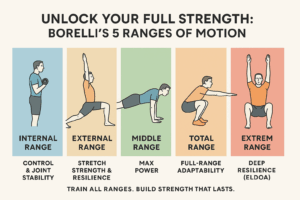I am sure you have heard a lot about heart health. Everything from diet, hydration, stress management, and even sleep affects your heart. There a lot of excellent points to follow, but have you ever thought about heart health and the structure of your body.
The structure of the body is usually talked about or thought about posture, movement, or pain. And all this is true. The better your structure, the better your position, the better you move, and the less pain you will have. But the structure of your body is fundamental to the health of your organs too. Your organs (viscera) all have a place that they are supposed to be within the body. They all have “rooms” formed by fascia (connective tissue). If the structure of your body is out of balance and your fascia is unhealthy, then space (room) holding your organs is compromised, and they cannot function optimally. It’s as if I were to ask you to perform a task but then bind your arms and legs to limit your movement. It’s going to be difficult, if not impossible, to accomplish.
Now to use your heart as an example. For it to be healthy and function optimally, the heart should sit properly on your diaphragm, and the pericardium (heart skin) should provide enough room and be able to connect correctly to the neck and sternum.
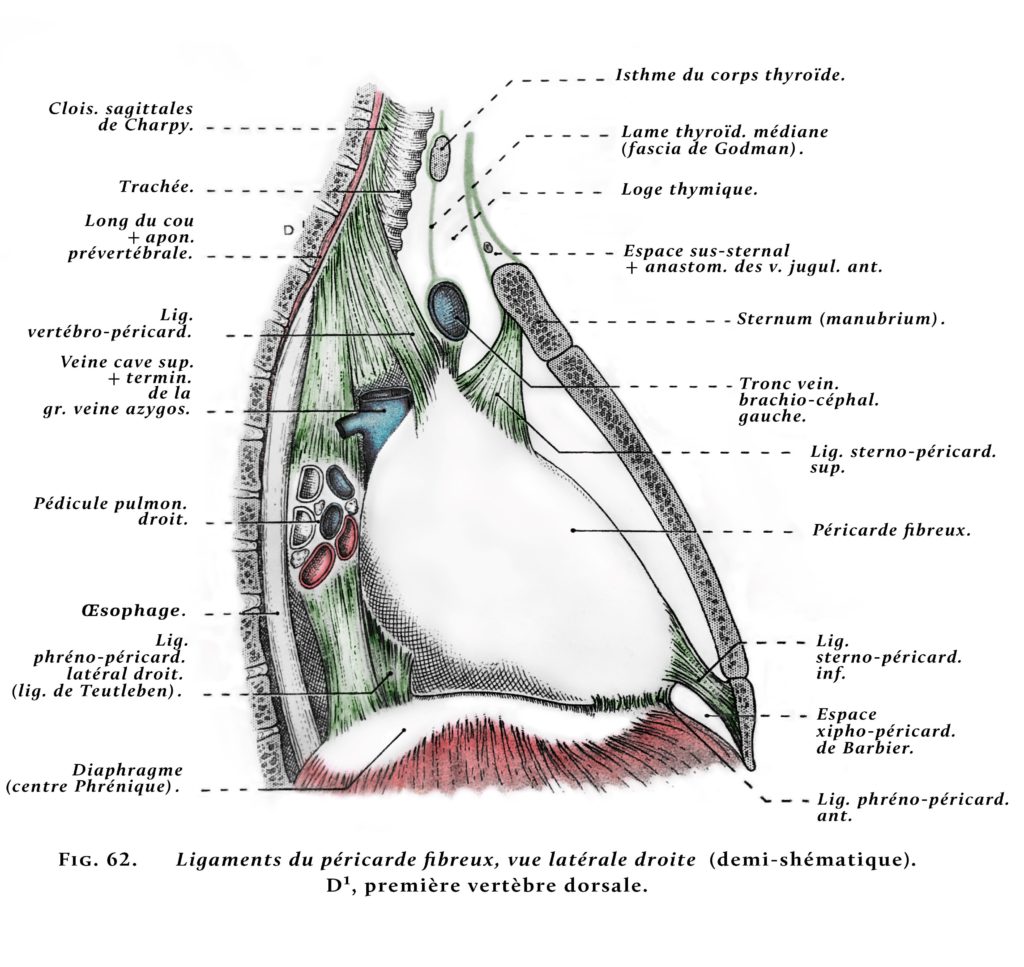
In this image (above), the pericardium (green) connects to the sternum (breast bone), C6, C7 and T1 vertebrae (neck), and the diaphragm for support. If any of those connections are tight or “out of place,” then it will twist, compress, or pull the pericardium and cause the heart to not work well.
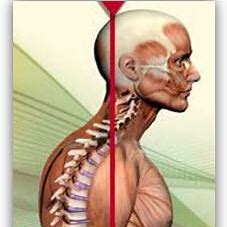
Take a typical posture that you can see everywhere now. It’s called forward head posture. And just as the name implies, your head is forward to your shoulders. This is usually seen with a rounded back (kyphosis) and a collapsed sternum. So take the picture of the heart above and place it in this poor chap. Let’s start at the top. When your head is forward, and you have kyphosis, it pulls your neck forward and causes those vertebrae to slide forward. It also creates those connections at the sternum to slack. And 9.99999999 times out of 10, this posture will also cause your diaphragm to be jumbled (technical name) and so the floor that the heart sits on is crooked and compressed.
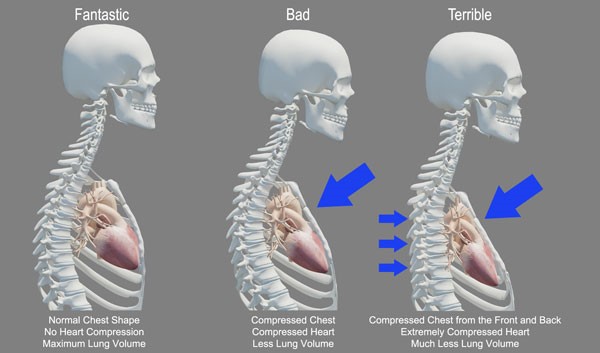
So now, your poor little heart is all twisted and compressed and sitting in the wrong place, and you are asking it to work optimally. Also, your posture is now reducing your lung volume, which reduces the amount of oxygen your body (including your heart) is getting. And now extrapolate that strain and think about the effects when you are exerting yourself. Talk about putting your body (and heart) in a position NOT to succeed.
If this represents your condition, the good news is that your current situation is not a death sentence because most of what I am talking about is soft tissue. This means you can do something about it if you don’t wait too long. Some exercises can open your neck and pull those vertebrae back into it’s intended position, and correct your kyphosis.
If your goal is longevity and vitality, then get on a workout treatment program that works on your body from all different angles, including your posture and structure. The benefits to your entire being are numerous… because it’s not just working out, it’s building a foundation for a better life.
Find out more @
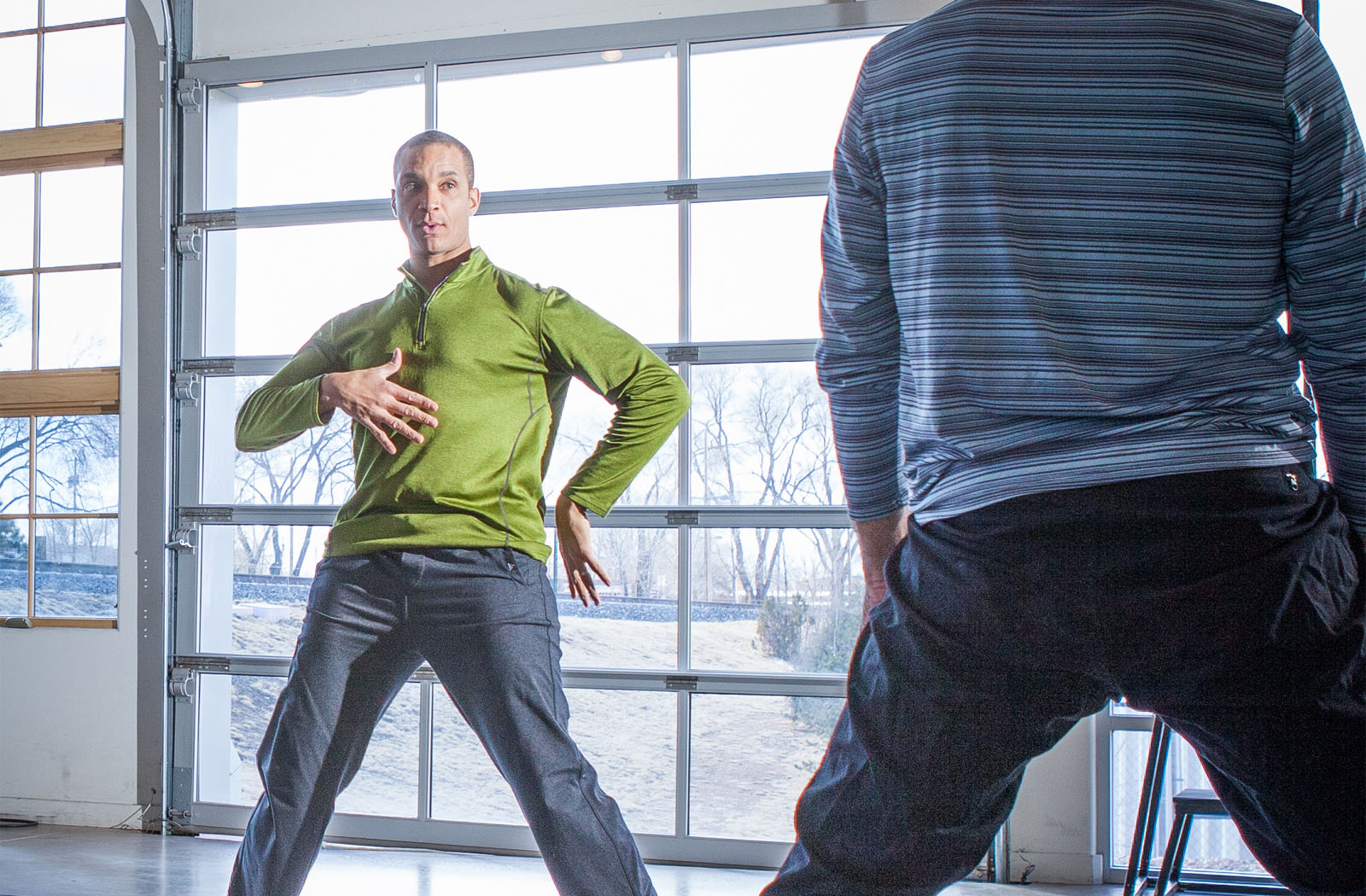
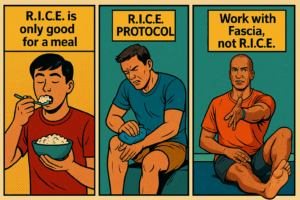
 Why R.I.C.E. Isn’t the Best Way to Heal
Most of us grew up hearing the same advice when we got …
Why R.I.C.E. Isn’t the Best Way to Heal
Most of us grew up hearing the same advice when we got … 
